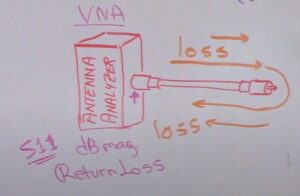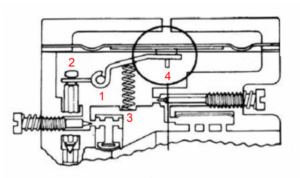Recent weeks have seen some catch up work on maintenance of small engine yard equipment. There are 22 engines in all, 6 4-stroke and 16 2-stroke.
For some years, ‘green’ measures implemented by government meant that ordinary unleaded petrol (ULP) was not available retail, one had to use E10 (ULP with 10% Ethanol).
Greens claimed that at such low Ethanol, that the fuel was compatible with all existing and new engine equipment.
Diaphragm carburettors
Most of my 2-stroke small engines use so called diaphragm carburettors. These ‘all position’ carburettors are common on yard equipment like brushcutters, leaf blowers, chainsaws etc.

Above is a Chinese after market clone of a Zama ‘butterfly’ type (note the throttle butterfly) diaphragm carburettor that suits a Stihl BG85 and similar leaf blower. (This cost $15 inc shipping on Aliexpress.) Continue reading Small engines and green fraud
Last update: 27th August, 2021, 6:48 AM






